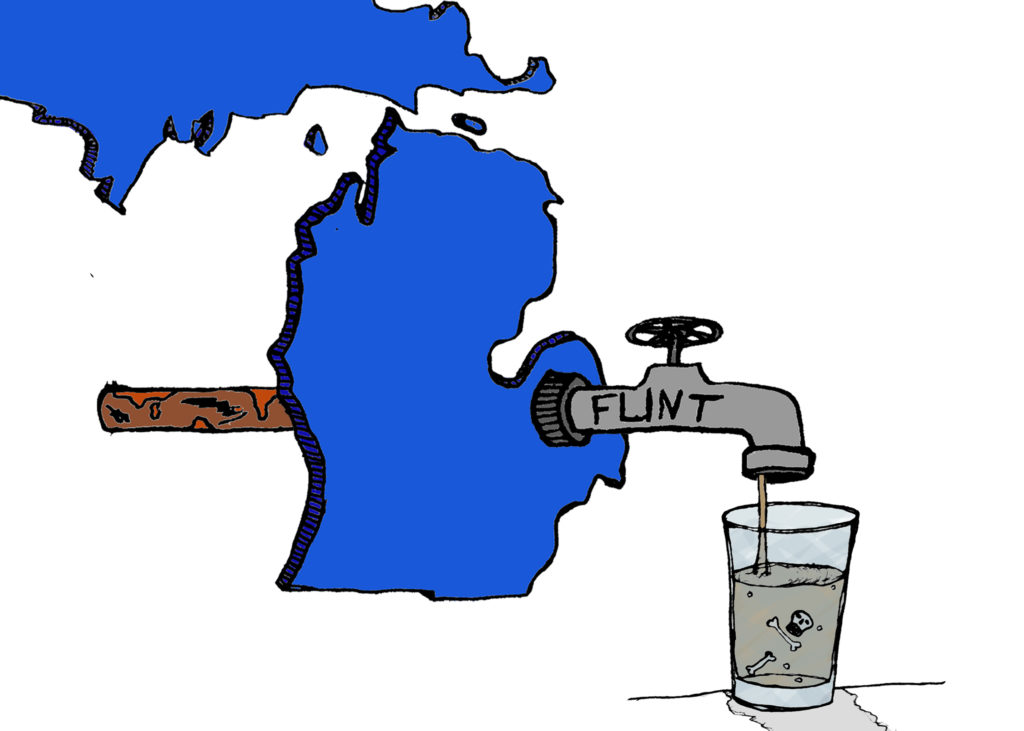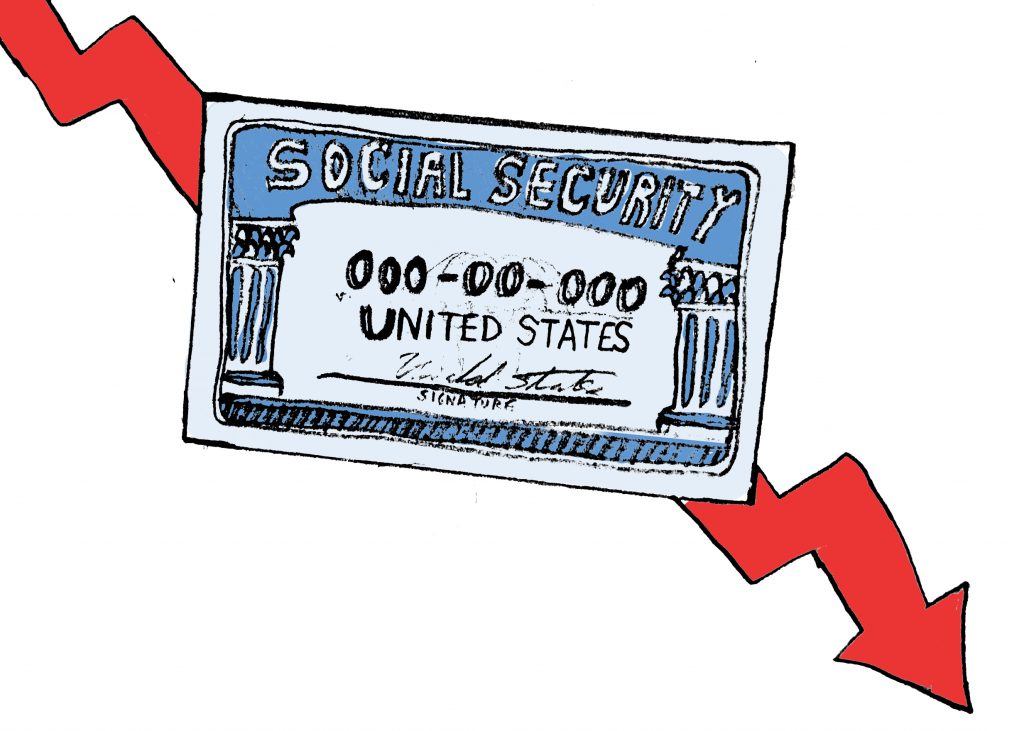A Fun, Thorough Legal Analysis on the 1995 Movie, Outbreak
Note: This is not expert legal advice, so do not take it as such. May contain spoilers to the film Outbreak (1995).
As you practice social distancing guidelines by your local ordinance, you may have noticed a once bygone movie suddenly resurge on your Netflix account. The movie stars a fresher Dustin Hoffman, who plays an army virologist tasked with saving the U.S. from a deadly African virus. As his squad of fellow doctors (including Kevin Spacey and Cuba Gooding Jr.) go to find the source of the vaccine, Hoffman’s character rekindles his relationship with his ex-wife (played by Rene Russo) working at the Centers for Disease Control (CDC). The drama outlined in this medical disaster scenario deals with the federal government’s unprecedented response. When it is discovered that the fictional town of Cedar Creek, California is hit with widespread infections, the White House requests to firebomb the virus along with its 2,600 inhabitants. Under quarantine and martial law, the protagonists are hunted by their own commanders for stopping an act of democide.
The film in question – Outbreak – has all the elements of a typical 1995 thriller. The plot is saturated with brutish “big government” tropes rampant throughout the politics of the 1990’s. In an almost cartoonish portrayal, the White House Chief of Staff (played by J.T. Walsh) gives an impassioned speech lobbying for the constitutionality to “vaporize” American citizens.[1] As Covid-19 continues to mandate state-wide quarantining across the U.S., the movie offers a sobering take on how far the government may go to prevent a biological disaster.
Placing the artsy element of the movie aside, Outbreak’s basis leads to a pressing legal question. Can the President, whose duty is to protect the Constitution “against all enemies, foreign and domestic,” authorize the deaths of U.S. citizens who pose as threats to national security? On one hand, several landmark Supreme Court cases have ruled that the government cannot prosecute citizens without due process, let alone execute them. From the right to criminal legal counsel in Gideon v. Wainwright (1963) to self-incrimination protections set by Miranda v. Arizona (1966), the Supreme Court clearly entitles U.S. citizens to their legal innocence before any state or federal authority.[2] Using Outbreak’s storyline, residents at Cedar Creek would receive capital punishment without representation in court, violating their fifth, sixth, eighth, and fourteenth amendment rights.
The Executive Branch’s historical precedent to override these protections, however, makes this legal issue more complicated. In 2011, President Obama ordered a drone strike in Yemen that purposely targeted three U.S. citizens tied to Al-Qaeda.[3] While the administration faced criticism from Constitutional scholars and a subsequent lawsuit — Al-Awlaki v. Panetta (2010) – both the D.C. District Court and the 2nd Court of Appeals failed to challenge the order’s constitutionality which never made it to the Supreme Court.[4] The administration would justify their overreach by claiming that such power is within their legal bounds if; (1) a citizen is “a continuing and imminent threat of violent attack against the United States,” and (2) the administration finds it “infeasible” for the citizen to be captured for trial.[5]
Can a sick individual be classified as an “imminent threat” against the United States? The answer utilizes deference from the National Security Act of 1947, which gives the President and the U.S. Armed Forces latitude to interpret “national security interests.”[6] In Outbreak, the White House is put in a unique situation from the movie’s plot twist; that the virus was discovered decades ago by the United States Army Medical Research Institute of Infectious Diseases (USAMRIID) to be used as a secret biological weapon. If the administration used this factor to interpret the virus as a weapon rather than a natural disaster, an infected individual could theoretically be viewed as an “enemy combatant” using the illness as an armament. The film’s presidential cabinet is also aware of its contagiousness – about 48 hours for the entire U.S. population to fall ill – to reasonably classify the virus as an “imminent” threat.
While the de facto precedent and administrative deference gives the executive branch legal leeway, the circumstances in Outbreak also have some key distinctions. The first problem with authorizing an air strike on a town is that it is indiscriminate. As the airborne virus traveled across airports, government agencies focused on Cedar Creek when residents passed the disease inside a local movie theater. The army concluded that the entire municipality became an imminent threat despite circumstantial evidence that most of the town’s residents were healthy (e.g. hundreds of citizens were actively protesting against the quarantine). Since uninfected citizens do not pose as threats to national security, the airstrike would step outside its legal justification even with the precedent. This would inevitably lead to countless residents and relatives fighting the courts for due process violations.
The second distinction is that the existing threats were still feasible to stand trial. This is built around the film’s story arc as the virologists risk their health and job security to complete a vaccine just in time to save Cedar Creek. In fact, most of the external conflict came from the army’s intent to make vaccine production infeasible. Hoffman’s character faced initial hardship by his Brigadier General (starring Morgan Freeman) in an attempt to cover up the biological weapon program, going as far as ordering his arrest. When that did not work, helicopters engaged the protagonists with reckless aerial warfare above the Californian wilderness with the instruction to use deadly force. The U.S. Army eventually diverted the airstrike after subjecting themselves to a last-minute ethical dilemma and Hoffman was able to save Cedar Creek’s fate by spending several hours constructing the vaccine.
Realistically, vaccine production is a multi-layered process that can take at least 12 to 18 months before it is manufactured for public use.[7] Throwing scientific inaccuracies aside nonetheless shows – at least in Outbreak’s universe – that it was more than feasible in neutralizing the threat without forgoing the town residents’ right to trial. The administration’s order to enforce the airstrike within a 48-hour deadline without giving the CDC or the USAMRIID access suggests that the measures were not only unreasonable, but arguably cruel and unusual. It is legally conceivable to view the act as a major violation to the Constitution’s eighth amendment.
Even if all of these distinctions and violations were overlooked to prioritize national security, ordering a domestic attack would certainly push the limits of the federal government’s scope of jurisdiction. After all, producing significant economic and environmental consequences would need cooperation from state governments for military action to follow through. Despite the Supremacy Clause or the President’s role to command the U.S. Armed Forces in Article II, the federal government requires constitutional justification to nullify dual sovereignty.
A historically common way to do that would be to enforce the Insurrection Act of 1807, giving the President power to deploy soldiers domestically within areas that are under “rebellion” or “lawlessness” (10 U.S. Code § 252).[8] The statute amends Article I, Clause 15 of the Constitution that initially gives the power to repel insurrections to Congress.[9] Similar to the 2011 precedent, one would have to clarify whether “lawlessness” could be appropriately incorporated with Cedar Creek’s local epidemic. Outbreak’s storyline does make use of the Insurrection Act reasonable. During the town’s mandated quarantine and ensuing closure to the outside world, for example, crowds of residents could be seen assaulting border guards and military vehicles trying to impose social distancing guidelines. In a dramatic action scene, two civilian pickup trucks are hotly pursued by soldiers trying to escape the quarantine when a military helicopter is forced to fire on them, killing passengers in one of the trucks. It is clear in this instance that the acts of rebellion against the public health measures could give the White House defense to interpret Cedar Creek in a state of “lawlessness” qualified for federal military aid.
Of course, the movie does not do justice in making the perfect case for this unitary executive approach either. One prerequisite for the Insurrection Act requires the president to engage with military force only after it has been determined that the state cannot curb lawlessness on its own. Outbreak shows no such regard for the state of California, unless it is implied that the White House had already cooperated with the state administrators and were given leverage to deploy troops by the courts within a 24-hour timespan. With no oversight of the President or Congress, it is safe to assume that the military takeover of Cedar Creek is a violation of administrative procedure.
Exploring Outbreak’s depiction of a brutal administration haphazardly massacring civilians makes the film have more of its premise touted in fiction – at least within a legal framework. As morally compromising and politically damaging the act is, a domestic airstrike is unlikely to become a viable option during a biological disaster because of the constitutional havoc it sets to uphold it. The legal statutes and administrative procedures required to safeguard individual rights by the President, Congress, agencies and the courts are designed to prevent such a measure from implementation in the first place. It is evident, therefore, that the President cannot threaten a U.S. citizen’s life for the sake of national security interests in this case. Nonetheless, one can still appreciate the film for experimenting with the legal ambiguity faced around national security concerns or just the ridiculousness of it all.
Work Cited
[1] Petersen, Wolfgang, director. Outbreak. Warner Bros., 1995.
[2] “Facts and Case Summary – Gideon v. Wainwright.” United States Courts, Administrative Office of the U.S. Courts, www.uscourts.gov/educational-resources/educational-activities/facts-and-case-summary-gideon-v-wainwright.
[3] Mazzetti, Mark, et al. “Two-Year Manhunt Led to Killing of Awlaki in Yemen.” The New York Times, The New York Times, 30 Sept. 2011, www.nytimes.com/2011/10/01/world/middleeast/anwar-al-awlaki-is-killed-in-yemen.html.
[4] “Al-Aulaqi v. Obama Et Al.” International Crimes Database, ASSER Institute, 2013, www.internationalcrimesdatabase.org/Case/935/Al-Aulaqi-v-Obama-et-al/.
[5] Holder, Eric H. U.S. Department of Justice, https://www.justice.gov/slideshow/AG-letter-5-22-13.pdf.
[6] “Ref Book – 1947 National Security Act.” ODNI, Office of the Director of National Intelligence, www.dni.gov/index.php/ic-legal-reference-book/national-security-act-of-1947.
[7] Thompson, Stuart A. “How Long Will a Vaccine Really Take?” The New York Times, The New York Times, 30 Apr. 2020, www.nytimes.com/interactive/2020/04/30/opinion/coronavirus-covid-vaccine.html.
[8] “10 U.S. Code § 252 – Use of Militia and Armed Forces to Enforce Federal Authority.” Legal Information Institute, Legal Information Institute, www.law.cornell.edu/uscode/text/10/252.
[9] “Article I Section 8: Constitution Annotated: Congress.gov: Library of Congress.” Constitution Annotated, Library of Congress, constitution.congress.gov/browse/article-1/section-8/.



